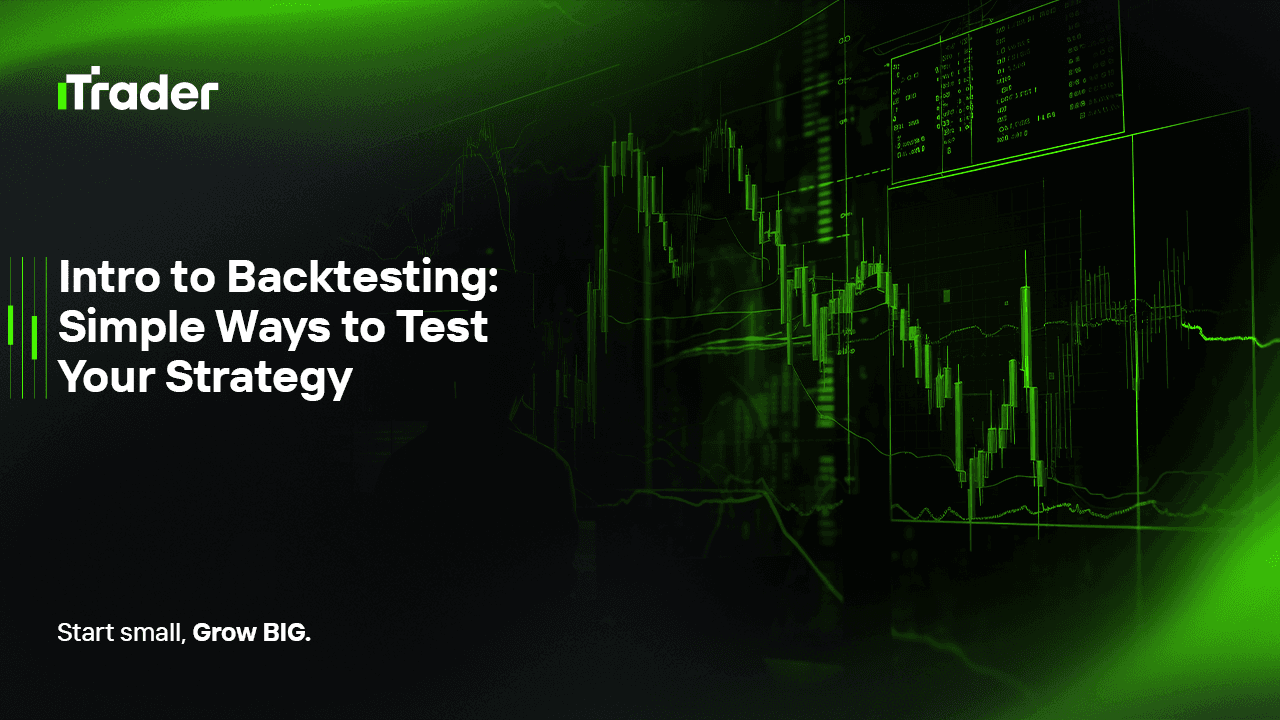2025-09-15
For many traders, the idea of testing a trading strategy feels overwhelming—especially if you’re preparing for a prop firm evaluation where performance rules are strict. But here’s the truth: you don’t need to be a quantitative finance PhD or own expensive software to start validating your ideas. What you need is a structured process to see how your strategy would have performed in real markets. That’s where backtesting comes in.

Backtesting is the process of applying your trading rules to historical market data to see how they would have performed in the past. It’s not about predicting the future with certainty—it’s about checking whether your strategy is robust enough to survive different market conditions.
In the context of prop trading, backtesting plays an even more critical role because:
Imagine walking into a prop firm challenge with a strategy you’ve never tested. You wouldn’t know:
Backtesting answers these questions before real money—or your funded account—is on the line.
The main benefits are:
Backtesting doesn’t have to be complicated. Here are three simple methods any prop trader can use:
This is the most basic approach. You scroll through historical charts and mark where you would enter, set stop loss, and take profit.
Here you use built-in strategy testers inside trading platforms.
If your strategy is rule-based, you can download historical data (OHLC prices), set your rules in Excel or Google Sheets, and let formulas calculate trade outcomes.
When you backtest, don’t just focus on profits. Prop firms care about risk management. Make sure you track:
Many beginner traders sabotage their backtesting results by falling into traps:
Once you’ve tested your strategy, the next step is adapting it for the specific rules of your prop firm challenge. Ask yourself:
Remember: a strategy that looks profitable on paper might still break prop firm rules if you don’t account for risk limits.
Backtesting isn’t about creating a “perfect system.” It’s about filtering out bad ideas and strengthening good ones before you risk real capital. For prop traders, this means entering challenges with a clear, tested, and disciplined plan.
If you keep your backtesting simple, focus on core metrics, and avoid common biases, you’ll build the confidence and discipline needed to perform under the strict conditions of a prop firm evaluation.
© 2025 iTrader Global Limited|会社登録番号:15962
iTrader Global Limitedは、コモロ連合のアンジュアン自治島ムツァムドゥのHamchakoに所在し、コモロ証券委員会によって認可・規制を受けています。ライセンス番号は L15962/ITGL です。
iTrader Global Limitedは「iTrader」の商号で運営しており、外国為替取引業務を行う許可を受けています。会社のロゴ、商標、ウェブサイトはすべて iTrader Global Limited の専有財産です。
iTrader Global Limitedの他の子会社には、iTrader Global Pty Ltd(オーストラリア会社登録番号(ACN):686 857 198)が含まれます。 この会社は、Opheleo Holdings Pty Ltd(オーストラリア金融サービスライセンス(AFSL)番号:000224485)の認可を受けた代表者(AFS代表番号:001315037)です。登録住所は Level 1, 256 Rundle St, Adelaide, SA 5000 です。
免責事項: この法人は、本ウェブサイト上で取引される金融商品の発行者ではなく、それらに対して責任を負いません。
リスク警告: 差金決済取引(CFD)は、レバレッジにより資本の急速な損失リスクが高く、すべての利用者に適しているとは限りません。
ファンド、CFD、その他の高レバレッジ商品を取引するには、専門的な知識が必要です。
調査によると、84.01%のレバレッジ取引者が損失を被っています。取引を開始する前に、リスクを十分に理解し、資金を失う可能性があることを認識してください。
iTraderは、レバレッジ取引によるリスク、損失、またはその他の損害について、個人または法人に対して一切の責任を負わないことを明言します。
利用制限: iTraderは、法律、規制、または政策によりこのような活動が禁止されている国の居住者を対象として、本ウェブサイトやサービスを提供していません。